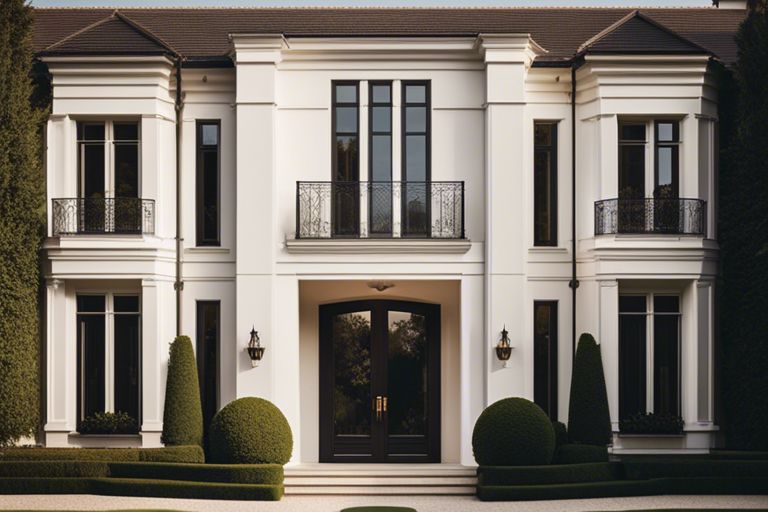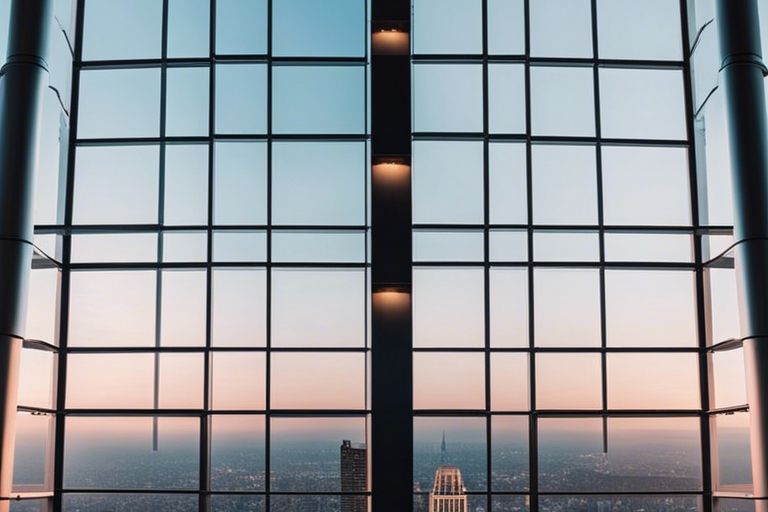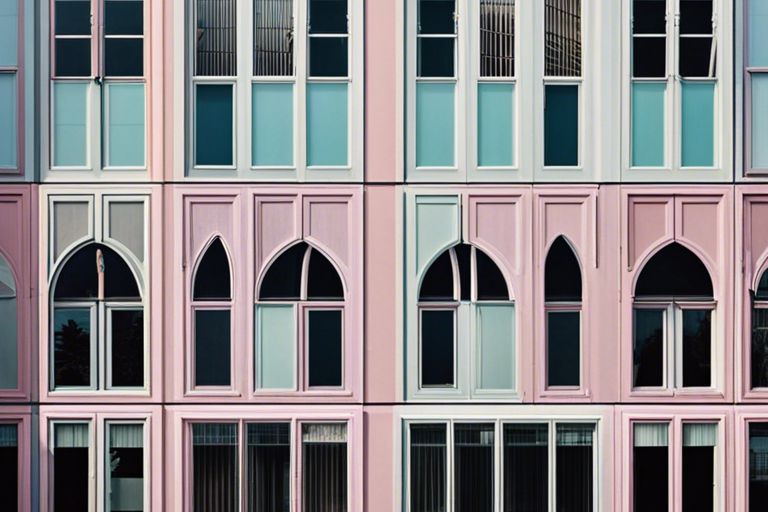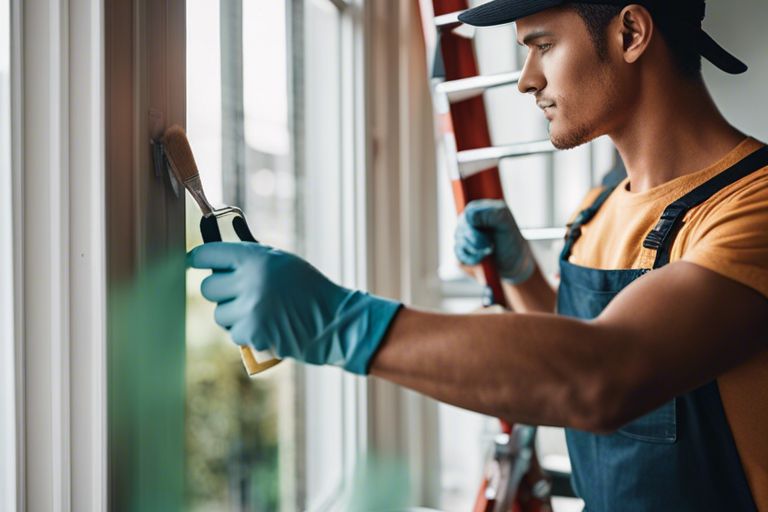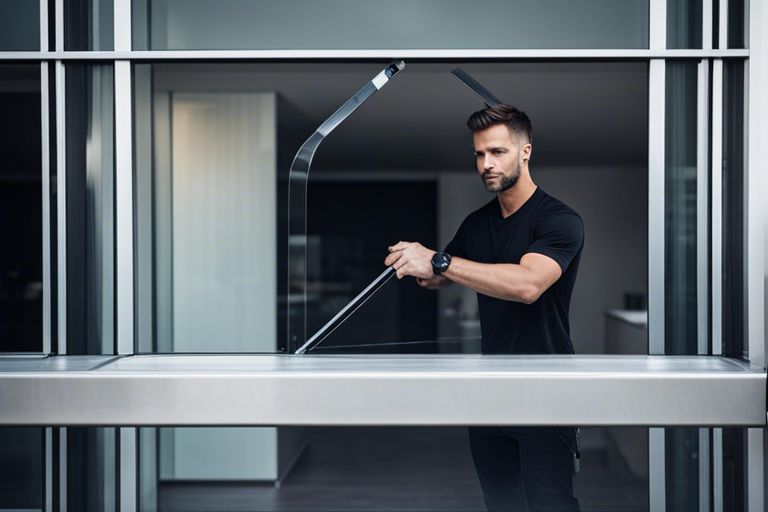In modern architecture, curtain walls play a crucial role in not only enhancing the aesthetic appeal of buildings but also in providing structural integrity and energy efficiency. These non-structural outer walls are primarily made of glass and aluminium frames, allowing natural light to flood the interiors while maintaining a weather-tight seal. The lightweight nature of curtain walls reduces the overall load on the building’s structure, enabling architects to create larger and more open spaces. However, inadequate design or installation of curtain walls can lead to leaks and heat loss, impacting the building’s energy efficiency and structural stability. Therefore, understanding the structural role of curtain walls is essential for architects, engineers, and designers to create sustainable and visually striking modern buildings.
Key Takeaways:
- Enhancing aesthetics: Curtain walls play a crucial role in providing a visually appealing and modern look to buildings.
- Structural support: Despite their lightweight nature, curtain walls offer significant structural support to the building, helping distribute loads effectively.
- Thermal performance: Curtain walls can contribute to the energy efficiency of a building by providing insulation and reducing heat loss.
Fundamentals of Curtain Wall Design
Curtain walls are a vital component in modern architecture, providing both aesthetic appeal and structural integrity to buildings. Understanding the fundamentals of curtain wall design is crucial for architects and engineers to create innovative and efficient structures.
Types of Curtain Walls
There are three main types of curtain walls commonly used in modern architecture: stick-built, unitised, and semi-unitised systems. Stick-built curtain walls are constructed on-site, piece by piece, offering flexibility in design but requiring longer installation time. Unitised curtain walls are pre-fabricated in controlled factory conditions, allowing for quicker installation on site. Semi-unitised systems combine characteristics of both stick-built and unitised systems, offering a balance between design flexibility and speed of installation.
- Stick-built: Constructed on-site, piece by piece
- Unitised: Pre-fabricated in controlled factory conditions
- Semi-unitised: Combine characteristics of stick-built and unitised systems
Thou the choice of curtain wall type depends on various factors such as project timeline, design complexity, and budget constraints.
Materials Used in Curtain Wall Systems
Various materials are used in curtain wall systems to provide the necessary structural support, insulation, and aesthetic appeal. Common materials include aluminium, glass, steel, and composite panels. Aluminium is a popular choice for curtain wall framing due to its lightweight nature, durability, and ease of fabrication. Glass is used for the infill panels to allow natural light into the building and enhance visual transparency.
| Aluminium: | Popular choice for curtain wall framing |
| Glass: | Used for infill panels to allow natural light |
| Steel: | Provides structural support and strength |
| Composite panels: | Combine different materials for enhanced performance |
| Stone cladding: | For aesthetic appeal and weather protection |
Each material used in a curtain wall system plays a critical role in ensuring the overall performance and longevity of the structure. Proper selection and integration of materials are essential to create a durable and efficient curtain wall system that meets the specific requirements of the building.

The Structural Role of Curtain Walls
Curtain walls play a significant role in modern architecture, serving as an external envelope that provides many functions such as weatherproofing, insulation, and aesthetic appeal. Structurally, curtain walls are designed to transfer loads from the building’s structure to the foundation, as well as to provide stability to the overall building.
Load Transfer and Building Stability
The load transfer mechanism in curtain walls involves distributing the weight of the building, including wind loads and seismic forces, to the foundation. This helps in maintaining the structural integrity of the building and ensuring its stability during adverse conditions. Additionally, curtain walls also contribute to the overall stability of the building by resisting lateral forces such as wind pressure, which helps in preventing structural failures.
Thermal Efficiency and Building Performance
One of the key roles of curtain walls in modern architecture is to enhance the thermal efficiency of buildings by providing insulation and reducing heat loss. This results in improved building performance in terms of energy efficiency, comfort, and sustainability. Curtain walls with high thermal performance can significantly reduce the energy consumption of a building, leading to cost savings and environmental benefits.
Furthermore, advancements in technology have allowed for the development of energy-efficient curtain wall systems that incorporate features such as insulated glazing units, thermal breaks, and high-performance coatings. These innovations help in maintaining indoor comfort levels, reducing reliance on mechanical heating and cooling systems, and enhancing the overall sustainability of buildings.
Innovation and Advancements in Curtain Wall Technology
Glazing Innovations and Sustainability
Curtain walls have seen significant developments in glazing technology over recent years. Advancements in glazing materials and techniques have allowed for improved thermal performance, solar heat gain control, and energy efficiency in buildings. The use of double-glazed or even triple-glazed units with low-emissivity coatings has become increasingly popular, reducing the reliance on artificial heating and cooling systems whilst enhancing occupant comfort.
Moreover, sustainability has become a priority in modern architecture, and curtain walls play a crucial role in achieving green building certifications such as LEED and BREEAM. By incorporating photovoltaic panels, self-cleaning glass, and dynamic shading systems into curtain wall designs, architects are able to create environmentally-friendly structures that utilise natural resources efficiently.
Integration with Building Management Systems
The integration of curtain walls with building management systems represents a significant advancement in enhancing the overall performance and efficiency of modern buildings. By connecting the curtain wall’s sensors, actuators, and controls to a centralised system, facilities managers can monitor and adjust environmental conditions such as temperature, lighting, and ventilation in real-time.
This level of integration with building management systems not only improves the building’s energy efficiency and indoor comfort but also enables predictive maintenance and data-driven decision-making. Building owners can now optimise operational costs, reduce carbon footprint, and prolong the lifespan of their curtain walls by utilising advanced control strategies and automation technologies.
Implementing sophisticated algorithms and machine learning capabilities within building management systems enables predictive maintenance, identifying issues before they escalate into costly repairs. Furthermore, the data collected from integrated curtain walls can be used to continuously improve building performance and enhance the overall occupant experience.

Aesthetic Impact of Curtain Walls
Curtain walls play a crucial role in defining the aesthetic appeal of modern architecture. Their ability to seamlessly blend into the surroundings while offering a striking visual impact has made them a popular choice for many contemporary buildings. The aesthetics of curtain walls are not just about enhancing the appearance of a structure, but also about creating a sense of openness, lightness, and modernity.
Transparency and Reflection in Design
The use of glass in curtain walls allows for a play on transparency and reflection in architectural design. The transparency of glass curtain walls can create an illusion of space and let natural light flood into the building’s interior. Additionally, the reflective properties of glass can mirror the surrounding environment and blend the structure into its urban context.
Interaction with Urban Environments
Curtain walls have a unique way of interacting with urban environments, blurring the lines between indoor and outdoor spaces. The reflective surfaces of glass curtain walls can capture the dynamic essence of city life, creating a symbiotic relationship between the building and its surroundings.
When strategically designed, curtain walls can enhance the vibrancy of urban landscapes by reflecting the movement and energy of the city. This interactive quality not only adds to the visual appeal of the building but also contributes to the overall atmosphere of the urban environment.

Challenges and Considerations
Fire Safety and Curtain Wall Integrity
When it comes to modern architecture and curtain walls, one of the primary concerns is fire safety and maintaining the integrity of these systems. Curtain walls are typically made of aluminium frames with glass panels, which can be vulnerable to fire spread if not properly designed and maintained. It is crucial to consider the fire resistance properties of materials used in curtain walls and to ensure that the design allows for fire containment to prevent the spread of fire between compartments.
Regular fire safety assessments and inspections are essential to ensure the performance of curtain wall systems in the event of a fire. Building regulations and standards must be strictly adhered to, and any compromised areas identified and addressed promptly to minimise the risk of fire incidents in modern buildings with curtain walls.
Maintenance and Lifespan of Curtain Wall Systems
Another critical aspect to consider when it comes to curtain walls in modern architecture is the maintenance and lifespan of these systems. As integral components of the building envelope, curtain walls require regular maintenance to prevent deterioration and ensure longevity. Factors such as weather exposure, pollution, and mechanical stresses can impact the performance of curtain walls over time, highlighting the importance of a well-planned maintenance strategy.
By implementing a comprehensive maintenance plan and conducting periodic inspections, building owners and managers can proactively address any issues and ensure the optimal functioning of curtain wall systems. Regular cleaning, sealant replacement, and structural assessments are key tasks to preserve the appearance and performance of curtain walls, extending their lifespan and enhancing the overall efficiency of the building envelope.
The Structural Role of Curtain Walls in Modern Architecture
Curtain walls play a vital structural role in modern architecture by providing a non-structural external covering for buildings. These walls differ from traditional load-bearing walls as they bear no load apart from their own weight and transmit wind loads to the main building structure. Curtain walls allow for greater flexibility in design, enabling architects to create impressive, aesthetically pleasing facades with larger expanses of glass. They enhance natural lighting, energy efficiency, and can contribute to sustainable design practices. Understanding the importance of curtain walls in modern architecture helps us appreciate their significant impact on the overall look, functionality, and sustainability of contemporary buildings.
FAQ
Q: What is the purpose of curtain walls in modern architecture?
A: The primary purpose of curtain walls in modern architecture is to act as an external covering of a building that does not carry any structural load. They are designed to protect the building from external elements such as wind, rain, and sunlight while providing aesthetic appeal.
Q: How do curtain walls contribute to the structural integrity of a building?
A: Although curtain walls do not bear any structural load, they play a crucial role in distributing wind and seismic forces evenly across a building’s frame. This helps in reducing the stress on the building’s structure and enhances its overall stability.
Q: What are the common materials used in the construction of curtain walls?
A: Aluminium, glass, steel, and composite materials are commonly used in the construction of curtain walls. These materials are chosen for their durability, flexibility, and ability to withstand environmental factors, making them ideal for modern architectural designs.

